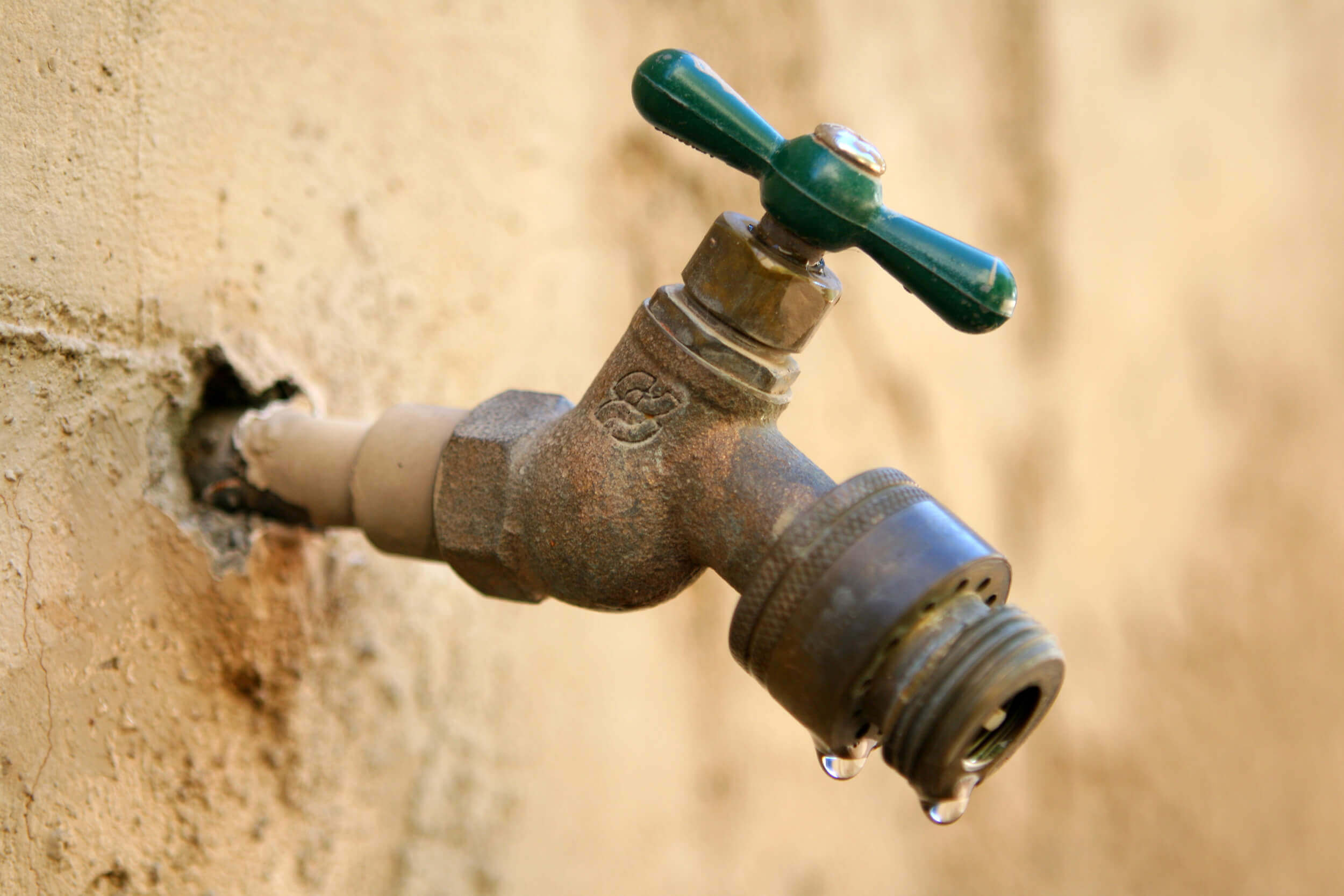

Articles
What Is A Hose Bib In Plumbing
Modified: October 19, 2024
Learn all about hose bibs in plumbing with our informative articles. Find out what a hose bib is, how it works, and why it's important in your plumbing system.
(Many of the links in this article redirect to a specific reviewed product. Your purchase of these products through affiliate links helps to generate commission for Storables.com, at no extra cost. Learn more)
Introduction
Welcome to the world of plumbing, where every component has a purpose and plays an essential role in our daily lives. One such component is the hose bib. You may have come across this term before, especially if you are a homeowner or someone who frequently uses outdoor water connections. In this article, we will explore what a hose bib is, its function, types, installation, common issues, troubleshooting, and maintenance tips.
At its core, a hose bib is a valve that allows you to connect a hose or other watering equipment to your water supply. It serves as a convenient outdoor water source, allowing you to water your garden, wash your car, or clean outdoor spaces without the need for an indoor tap. Hose bibs, also known as outdoor faucets or spigots, provide a controlled flow of water and are an essential part of any property with an outdoor area that requires water access.
The components of a hose bib typically include a spout, handle or knob, and a valve mechanism. The spout acts as the outlet for the water, while the handle or knob is used to control the flow and pressure. The valve mechanism inside the hose bib regulates the water flow by opening or closing the pathway for water to pass through.
The primary function of a hose bib is to provide a secure and reliable connection point for hoses and other watering equipment. It allows you to conveniently access water outdoors without the need for additional plumbing installations. Whether you need to water your plants, fill up a pool, or wash outdoor surfaces, a hose bib is a practical and efficient solution.
There are different types of hose bibs available, each catering to specific needs and installation requirements. The most common types include frost-proof hose bibs, angled hose bibs, and anti-siphon hose bibs. Frost-proof hose bibs, also known as freeze-proof or winter-proof hose bibs, are designed to prevent freezing during cold weather conditions by keeping the water valve inside the heated portion of the building.
Key Takeaways:
- Hose bibs are essential outdoor water access points, providing convenience, control over water flow, and attachment for hoses. Understanding their types, installation, and maintenance ensures efficient usage for various outdoor tasks.
- Proper maintenance, including leak inspection, freezing protection, spout cleaning, and gasket checks, is crucial for prolonging the lifespan and optimal performance of hose bibs. Regular testing and prompt repairs prevent major issues and ensure reliable outdoor water access.
Read more: How To Install A Hose Bib
Definition of a Hose Bib
A hose bib, also known as an outdoor faucet or spigot, is a valve that provides an outdoor water connection. It is typically mounted on the exterior of a building, such as a house, and serves as a point of access for water in outdoor areas. The term “hose bib” is derived from its function of allowing a hose to be attached and used for various purposes, such as gardening, car washing, or filling up containers.
One of the distinguishing features of a hose bib is its ability to control the flow of water through a simple mechanism. The handle or knob on the hose bib allows users to turn the water on or off and adjust the water pressure to their desired level. This provides convenience and flexibility when using outdoor water for different tasks.
The hose bib is connected to the main water supply of the building, typically through a pipe that runs through the wall. The valve mechanism inside the hose bib regulates the flow of water. When the handle or knob is turned on, the valve opens, allowing water to flow out of the spout. When turned off, the valve closes, shutting off the water supply.
Hose bibs are commonly made of brass or durable plastic materials, ensuring longevity and resistance to outdoor elements. Brass hose bibs are preferred for their sturdiness and ability to withstand the test of time. Some hose bibs also come with added features such as built-in backflow prevention mechanisms to protect the water supply from contamination.
Overall, the hose bib is a crucial component for outdoor water usage. It provides a convenient and accessible point for connecting hoses and other watering equipment, allowing individuals to efficiently complete outdoor tasks that require water. Whether it’s for gardening, cleaning, or any other outdoor water-related activity, a hose bib is an essential fixture that brings convenience and functionality to any property.
Components of a Hose Bib
A hose bib consists of several components that work together to provide a reliable outdoor water connection. Understanding these components will give you better insight into how the hose bib functions and how to properly maintain or troubleshoot it when needed. Let’s explore the key components of a hose bib:
- Spout: The spout is the part of the hose bib that serves as the outlet for water. It is where the hose or other watering equipment is connected. The spout is typically threaded to provide a secure and leak-free connection.
- Handle or Knob: The handle or knob is the operating mechanism of the hose bib. It allows you to turn the water on or off and control the water flow and pressure. When the handle is turned in a clockwise direction, the water flow is shut off, and turning it counterclockwise will open the flow.
- Valve Mechanism: Inside the hose bib, there is a valve mechanism that controls the water flow. This mechanism consists of various components such as washers, seals, and a stem or ball mechanism. When the handle is turned, the valve opens or closes, allowing or stopping the water flow.
- Gasket or O-Ring: The gasket or O-ring is a small rubber ring that provides a watertight seal between the hose bib and the hose connection. It prevents leaks by creating a tight seal when the hose is connected.
- Backflow Prevention Device: Some hose bibs come with built-in backflow prevention devices. These devices prevent the water from flowing back into the main water supply, protecting against potential contamination. It is an important safety feature in areas where the water supply is at risk of backflow.
These components work together to ensure a controlled and efficient water flow from the hose bib. It is crucial to regularly inspect and maintain these components to prevent leaks, maintain optimal water pressure, and extend the lifespan of the hose bib.
Understanding the components of a hose bib allows homeowners or users to troubleshoot common issues that may arise. Whether it’s a leaking spout, a stuck handle, or a faulty valve mechanism, having knowledge of these components can help identify the problem and take appropriate measures to fix it.
In the next sections, we will explore the function of a hose bib, different types of hose bibs, installation procedures, common issues and troubleshooting, as well as essential maintenance tips to ensure the longevity and optimal performance of your hose bib.
Function of a Hose Bib
A hose bib, also known as an outdoor faucet or spigot, serves a crucial function in providing a convenient and reliable water source for outdoor activities. Let’s explore the key functions of a hose bib:
- Outdoor Water Access: The primary function of a hose bib is to provide an outdoor water connection. It allows you to access water in outdoor areas without the need for additional plumbing installations. This is especially useful for activities such as watering plants, washing outdoor surfaces, filling up pools or containers, and even connecting sprinkler systems.
- Convenience and Accessibility: The hose bib is typically located on the exterior of the building, making it easily accessible for outdoor use. Instead of relying solely on indoor taps or dragging hoses through the house, a hose bib provides a dedicated water supply point outside, saving time, effort, and avoiding potential mess inside the property.
- Water Flow Control: The handle or knob on the hose bib allows you to control the flow of water. You can adjust the water pressure to your desired level, depending on the task at hand. Whether you need a gentle spray for delicate plants or a strong jet for cleaning purposes, the hose bib provides control over the water flow rate.
- Attachment for Hoses and Equipment: A hose bib serves as a connection point for hoses and other watering equipment, such as sprinklers or pressure washers. The spout of the hose bib is threaded, allowing for a secure attachment with a hose. This enables you to easily connect and disconnect hoses as needed for various outdoor tasks.
- Water Conservation: Another important function of a hose bib is water conservation. By providing a controlled flow of water, it helps prevent wastage. You can turn off the water supply at the hose bib when not in use, reducing unnecessary water usage and promoting sustainable practices.
Overall, a hose bib serves as a practical and versatile solution for accessing water in outdoor areas. It offers convenience, flexibility, and control over the water flow, making it an essential component for any property with outdoor space. Whether it’s watering your plants, cleaning outdoor surfaces, or other water-related activities, a hose bib plays a vital role in facilitating these tasks efficiently.
Types of Hose Bibs
When it comes to hose bibs, there are different types available to suit various installation requirements and preferences. Let’s explore some of the common types of hose bibs:
- Standard Hose Bib: This is the most basic and traditional type of hose bib. It features a simple design with a spout and handle for water control. Standard hose bibs are typically used in residential settings and provide a reliable outdoor water source.
- Frost-Proof Hose Bib: Frost-proof hose bibs, also known as freeze-proof or winter-proof hose bibs, are designed to withstand freezing temperatures. These hose bibs have an extended reach that allows the valve to be located inside the heated portion of a building. By keeping the valve away from the cold temperatures, frost-proof hose bibs help prevent freezing and potential damage during winter months.
- Angled Hose Bib: Angled hose bibs are designed with a bend in the spout, allowing for easier hose attachment and minimizing bending or kinking of the hose. These types of hose bibs are commonly used in areas where space is limited or when a hose needs to be connected at an upward angle.
- Anti-Siphon Hose Bib: An anti-siphon hose bib includes a built-in backflow prevention device, which prevents water from flowing back into the main water supply. It is a crucial safety feature that protects against potential contamination of the drinking water supply. These hose bibs are commonly required by building codes and regulations.
- Remote-Control Hose Bib: Remote-control hose bibs provide additional convenience by allowing you to control the water flow and shut-off remotely using a handheld remote or a wireless device. This is particularly useful for individuals with limited mobility or when the hose bib is located in hard-to-reach areas.
Each type of hose bib offers its own set of advantages and is suited for specific applications. It’s important to choose the right type of hose bib based on your specific needs, local regulations, and the environment in which it will be installed.
Additionally, hose bibs come in various materials, including brass, plastic, and stainless steel. Brass hose bibs are known for their durability and resistance to corrosion, while plastic hose bibs are lightweight and often more affordable. Stainless steel hose bibs offer a combination of durability and a sleek appearance, suitable for both residential and commercial settings.
Before purchasing a hose bib, it’s recommended to consult with a professional or a knowledgeable salesperson to determine the most suitable type and material based on your specific requirements.
A hose bib, also known as a spigot or outdoor faucet, is a valve that allows you to connect a hose for watering plants or washing your car. It’s important to winterize your hose bib to prevent freezing and potential damage to your plumbing system.
Read more: How To Replace A Hose Bib On A Brick House
Installation of a Hose Bib
Installing a hose bib is a relatively straightforward process, but it’s important to follow proper installation techniques to ensure a secure and leak-free connection. Here’s a step-by-step guide on how to install a hose bib:
- Select a Suitable Location: Choose a location for the hose bib that provides convenient access to water and is close to the areas where you’ll primarily use it. Make sure to consider factors such as the distance from the main water supply, clearance from any obstructions, and ease of hose attachment.
- Turn Off the Water Supply: Before starting the installation process, shut off the main water supply to prevent any water flow or potential leaks during the installation. You can typically do this by turning off the water valve or by shutting off the water supply at the main valve of your property.
- Drain Any Remaining Water: To avoid excess water spilling during installation, drain any remaining water from the plumbing system. Open all indoor and outdoor taps to release any water pressure. Be sure to drain the system completely before proceeding.
- Prepare the Mounting Surface: Ensure the mounting surface is clean and free from any debris or obstructions. If necessary, use abrasive cleaning tools to remove any residual dirt or corrosion that may interfere with the secure installation of the hose bib.
- Measure and Mark the Mounting Holes: Place the hose bib on the desired location and use a pencil or marker to mark the position of the mounting holes on the wall or siding. Make sure the hose bib is level and aligned properly.
- Drill Mounting Holes: Use an appropriate drill bit size as per the manufacturer’s recommendations and carefully drill the marked mounting holes. Be cautious and ensure that you’re drilling into a suitable surface for secure anchoring.
- Attach the Hose Bib: Position the hose bib over the drilled mounting holes and insert screws or bolts through the holes. Tighten them securely to ensure the hose bib is firmly attached to the wall or siding.
- Connect the Water Supply: Use a pipe wrench or adjustable wrench to connect the hose bib to the main water supply line. Apply plumber’s tape to the threads of the pipe to create a watertight seal. Tighten the connection securely, but be careful not to overtighten and risk damaging the fittings.
- Test for Leaks: Once the hose bib is installed, turn on the main water supply again and check for any leaks. Inspect the connections and the hose bib thoroughly to ensure there are no signs of water leakage. If you detect any leaks, tighten the connections or replace any faulty components as necessary.
If you are unsure about any part of the installation process, it’s always recommended to consult with a professional plumber or a knowledgeable individual who can provide guidance and ensure a proper installation of the hose bib.
Remember to follow local plumbing codes and regulations as well when installing a hose bib. Compliance with these regulations helps ensure the safety and efficiency of the installation.
Common Issues and Troubleshooting
While hose bibs are generally reliable, they can experience issues over time due to wear and tear or improper use. Here are some common issues that may arise with hose bibs and troubleshooting steps to resolve them:
- Leaking Spout: A leaking spout is a common issue and can be caused by a worn-out washer or a faulty valve mechanism. To fix this, turn off the water supply and replace the washer or the necessary components inside the hose bib. Make sure to use the correct size and type of washer for your specific hose bib model.
- Handle Difficult to Turn: If the handle of the hose bib becomes difficult to turn or gets stuck, it may be due to mineral deposits or corrosion. Use a lubricant specifically designed for plumbing applications to lubricate the handle and other moving parts. If the problem persists, you may need to replace the handle or the valve mechanism.
- Low Water Pressure: If you notice a decrease in water pressure from the hose bib, make sure the water supply valve is fully open. If the issue persists, it may be due to a clogged or partially blocked spout. Remove the spout and clean any debris or sediment. Additionally, check the hose for any kinks or clogs that may restrict water flow.
- Freezing or Bursting: In colder climates, freezing temperatures can cause the water inside the hose bib to freeze and potentially lead to bursting. To prevent this, make sure to install a frost-proof hose bib or take the necessary winterization steps, such as draining the water from the hose bib or using insulation covers designed for protection against freezing temperatures.
- Backflow Issues: If you have an anti-siphon hose bib and notice water flowing backward or experiencing contamination issues, it could indicate a faulty backflow prevention device. Check for any damaged or worn-out parts within the backflow prevention device and replace if necessary.
- Continuous Dripping: If the hose bib continues to drip even when the handle is tightly closed, it may be due to a worn-out washer or a damaged seat valve. Replace the washer or the necessary components in the valve mechanism to stop the dripping.
It’s important to note that if you are unsure about troubleshooting or are unable to resolve the issues yourself, it’s advisable to seek assistance from a professional plumber. They have the expertise to diagnose and fix more complex problems related to hose bibs.
Regular maintenance and inspections can help prevent many of these issues from occurring. Ensure that your hose bib is properly maintained, periodically cleaned, and protected from extreme weather conditions to extend its lifespan and maintain optimal performance.
Maintenance Tips for Hose Bibs
Regular maintenance is essential to keep your hose bib in optimal condition and extend its lifespan. Here are some maintenance tips to ensure the longevity and efficient performance of your hose bib:
- Inspect for Leaks: Periodically inspect your hose bib for any signs of leaks. Check for water dripping from the spout or any connections. If you notice any leaks, promptly address them by replacing washers or repairing faulty components.
- Protect from Freezing: In regions with freezing temperatures, it’s important to protect your hose bib from freezing to prevent damage. Before the onset of winter, drain the water from the hose bib and shut off the water supply valve. Consider using insulated hose bib covers or wrapping the hose bib with foam insulation to provide additional protection.
- Clean the Spout: Regularly clean the spout of the hose bib to remove any debris or sediment buildup that can affect water flow. Use a soft brush or cloth to scrub the spout and ensure it is free from any obstructions.
- Check for Proper Operation: Periodically test the handle or knob of the hose bib to ensure smooth and easy operation. If you notice any difficulties in turning or controlling the water flow, lubricate the moving parts with a plumbing-approved lubricant.
- Inspect Gaskets and O-Rings: Check the gaskets or O-rings on your hose bib for wear and tear. Over time, these components may deteriorate, leading to leaks. Replace any worn-out gaskets or O-rings to maintain a watertight seal between the hose bib and hose connection.
- Secure Properly: Ensure that the hose bib is securely fastened to the mounting surface. Check the screws or bolts regularly to ensure they are tight. Loose or unstable hose bibs can lead to leaks or damage over time.
- Remove Hoses in Winter: During the winter months or when not in use, disconnect and remove hoses from the hose bib. Leaving hoses attached can trap water and contribute to freezing or damage to the hose bib.
- Regularly Check and Test: Make it a habit to routinely check and test your hose bib. This can help you identify any issues early on and prevent potential problems from worsening. Ensure that the water flow is not restricted, the handle operates smoothly, and there are no visible signs of leaks.
By following these maintenance tips, you can keep your hose bib in good working condition and prevent unnecessary repairs or replacements. Remember to also adhere to any specific maintenance recommendations provided by the manufacturer of your hose bib.
If you encounter any persistent issues or require assistance with maintenance or repairs, it is advisable to consult a professional plumber who can provide expert guidance and ensure the proper functioning of your hose bib.
Conclusion
Hose bibs play a vital role in providing convenient outdoor water access for various tasks such as gardening, cleaning, and other outdoor activities. Understanding the components, function, types, installation, common issues, and maintenance tips of hose bibs can help ensure their optimal performance and longevity.
From a basic standard hose bib to specialized frost-proof, angled, or anti-siphon hose bibs, there are various options available to suit different needs and installation requirements. It’s important to choose the right type of hose bib based on your specific needs and consult professionals if necessary.
Proper installation of a hose bib is essential to prevent leaks and ensure a secure connection. Following the necessary steps, such as selecting a suitable location, turning off the water supply, and attaching the hose bib correctly, can help ensure a successful installation process.
Common issues with hose bibs, such as leaking spouts, handle difficulties, low water pressure, freezing or bursting, backflow problems, or continuous dripping, can often be troubleshooted and resolved through simple maintenance techniques. Regular inspections, cleaning, and prompt repairs are crucial to prevent major problems and maintain the efficient operation of your hose bib.
By following maintenance tips such as inspecting for leaks, protecting from freezing temperatures, cleaning the spout, checking for proper operation, inspecting gaskets and O-rings, and securely fastening the hose bib, you can ensure optimal performance and prolong the lifespan of your hose bib.
In conclusion, understanding the components, function, types, installation, common issues, and maintenance tips for hose bibs is vital for every homeowner or individual who relies on outdoor water access. By implementing these guidelines and addressing any issues promptly, you can enjoy the convenience of a reliable outdoor water source for all your watering and cleaning needs.
Eager to take your DIY skills up a notch? Perfect your plumbing prowess by mastering hose bib installation yourself. Our step-by-step guide demystifies the process, ensuring you can tackle this task with confidence. Whether you’re looking to replace an old hose bib or install a brand-new one, our detailed instructions will have you sorted in no time. Don’t miss out on becoming your home’s plumbing hero—check out our practical guide today!
Frequently Asked Questions about What Is A Hose Bib In Plumbing
Was this page helpful?
At Storables.com, we guarantee accurate and reliable information. Our content, validated by Expert Board Contributors, is crafted following stringent Editorial Policies. We're committed to providing you with well-researched, expert-backed insights for all your informational needs.
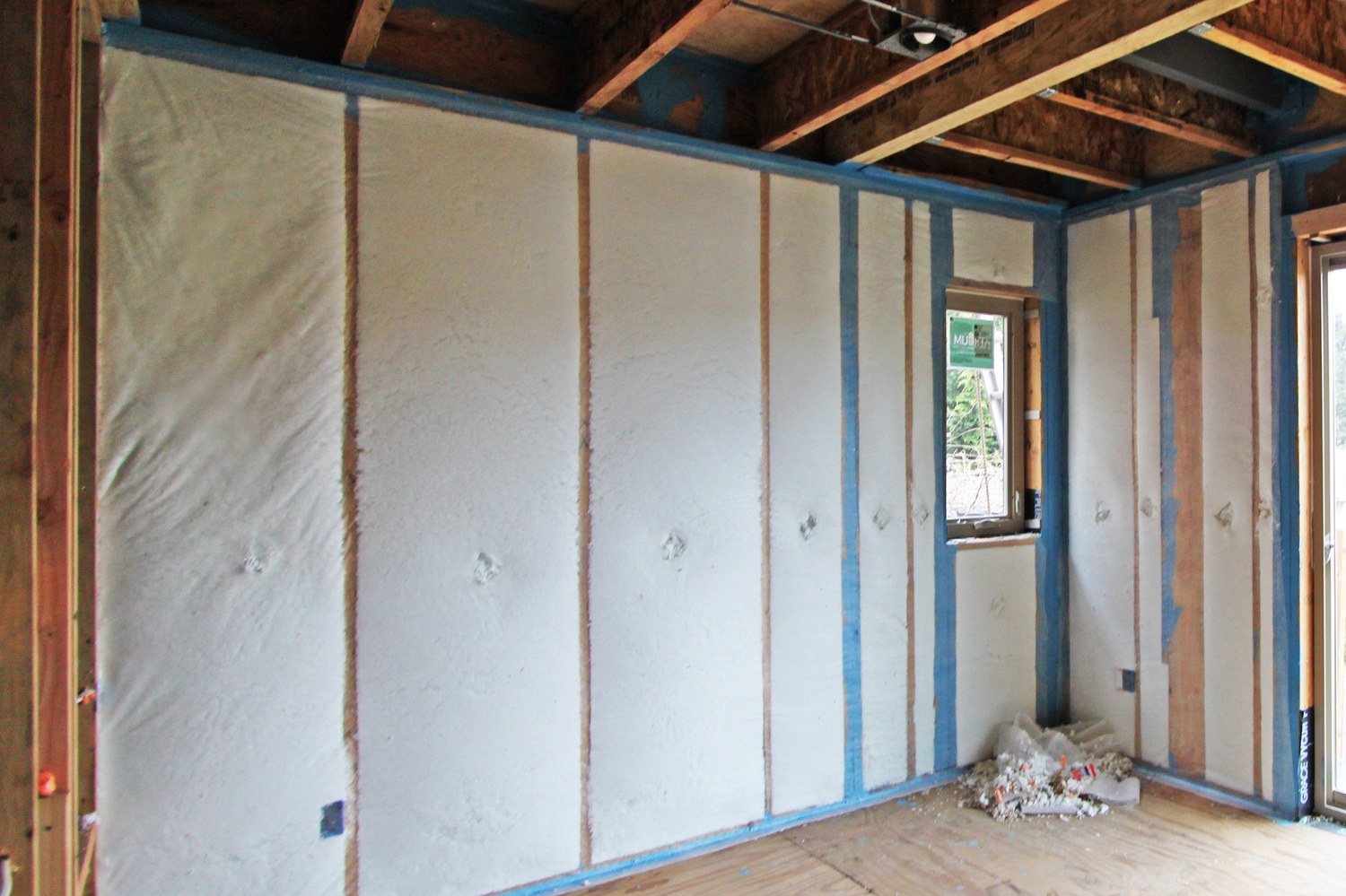
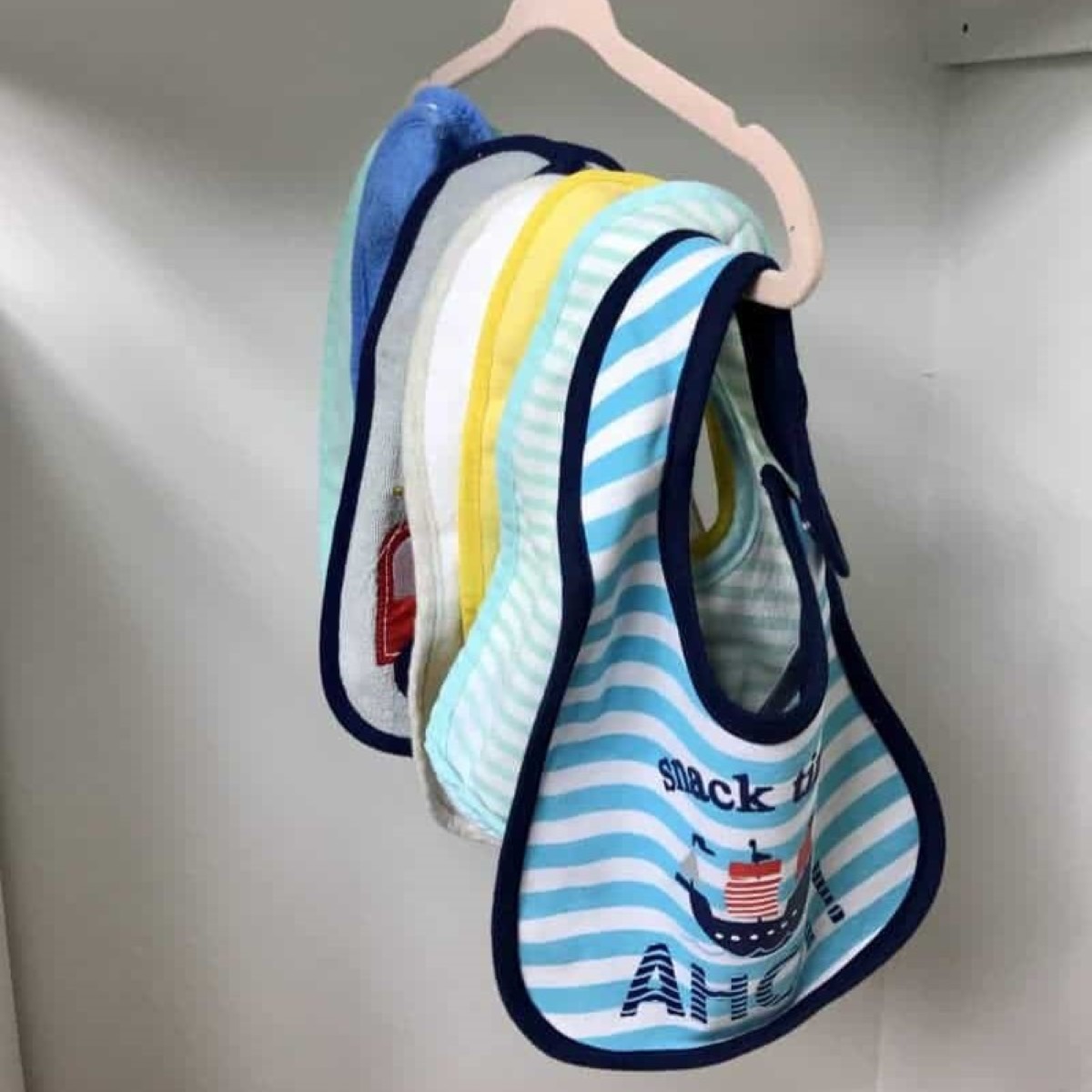
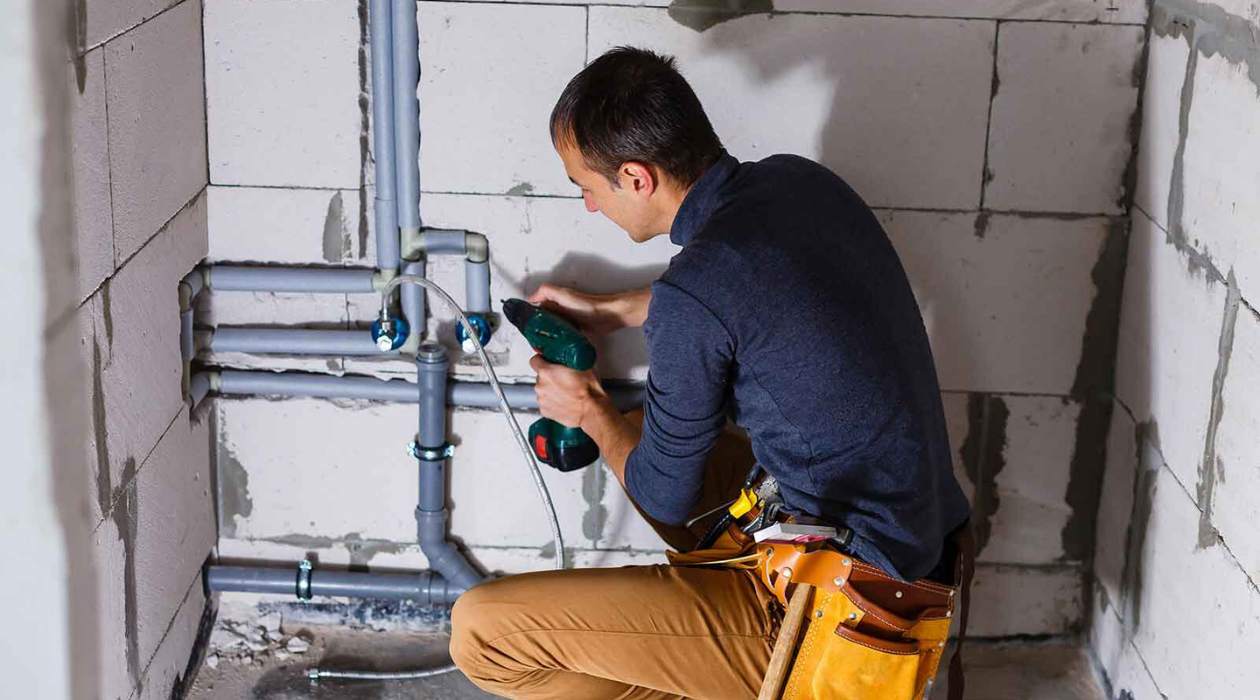
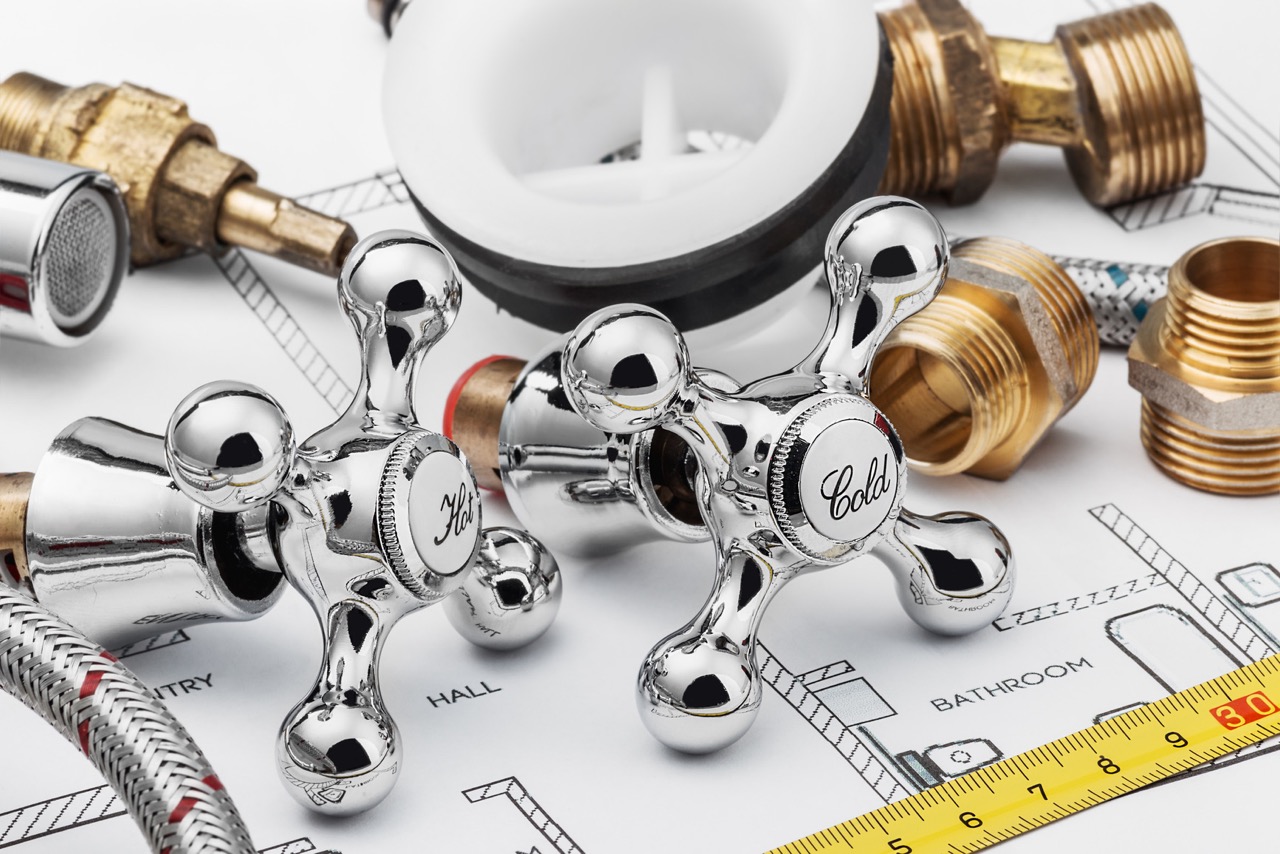
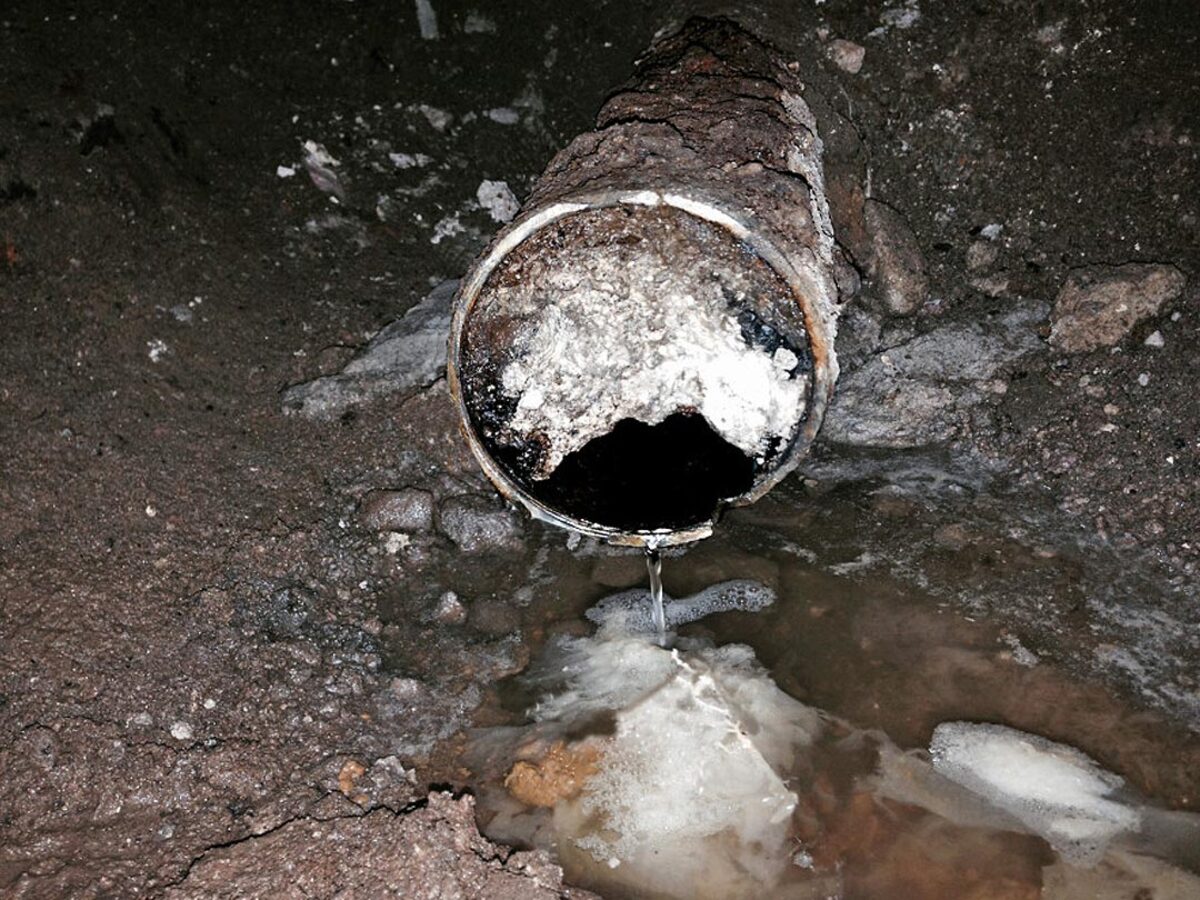
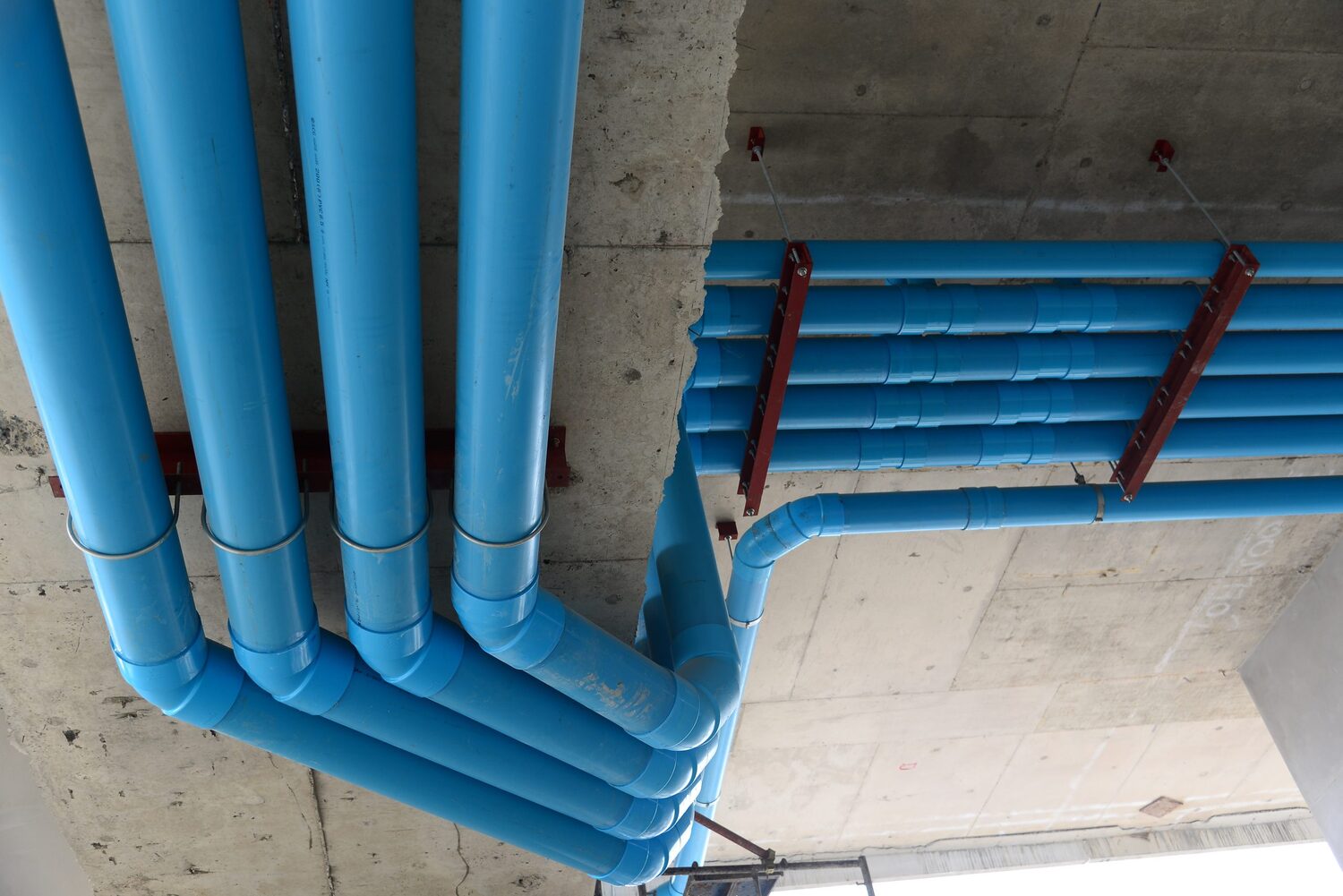
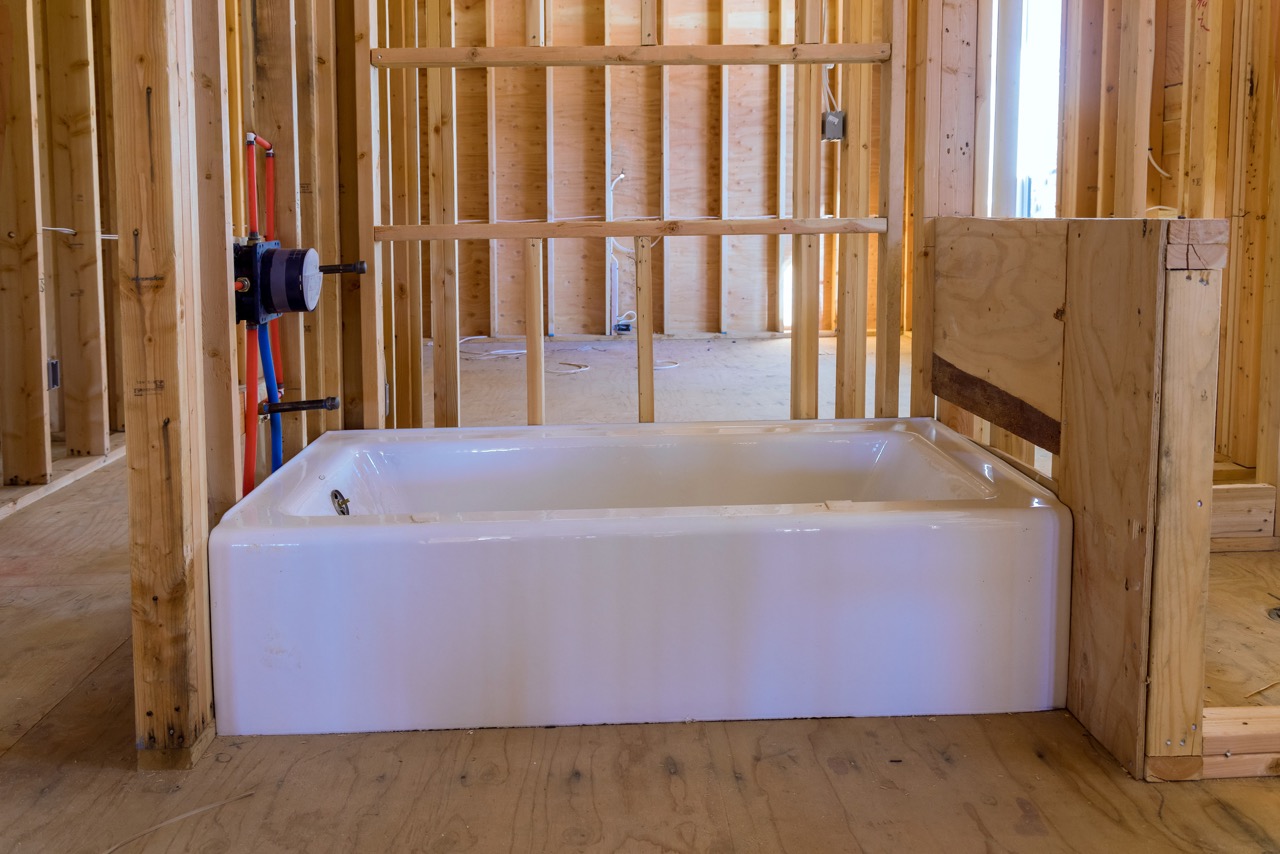
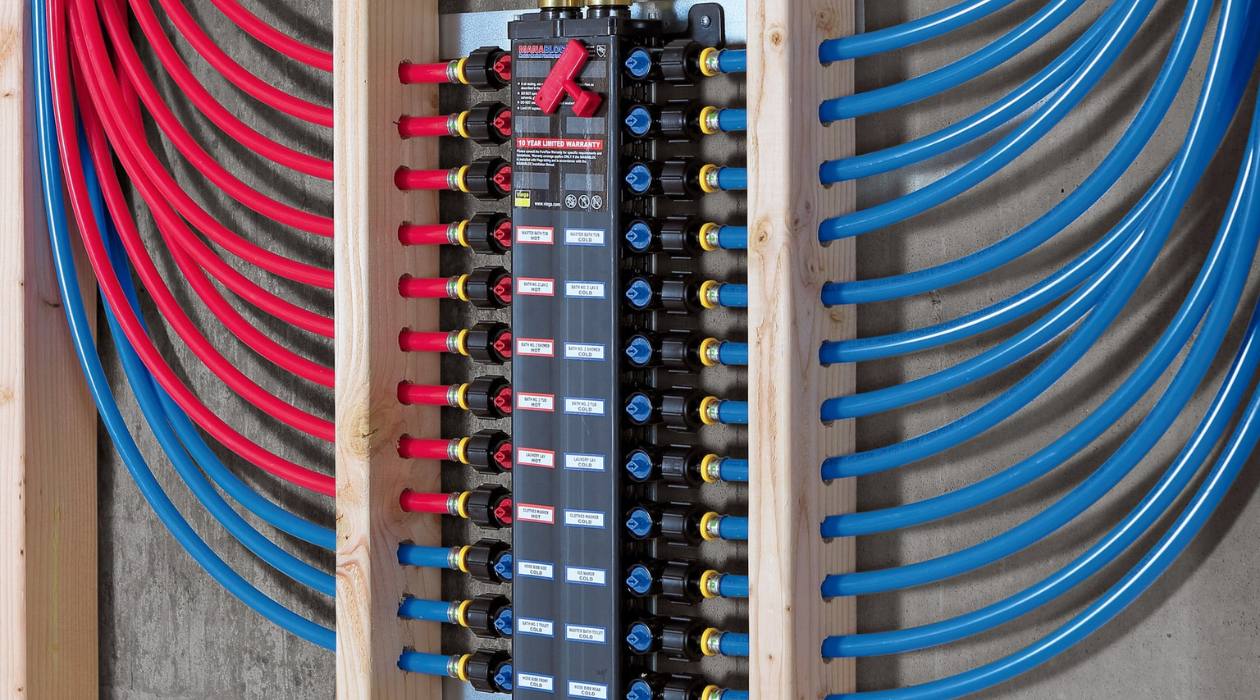
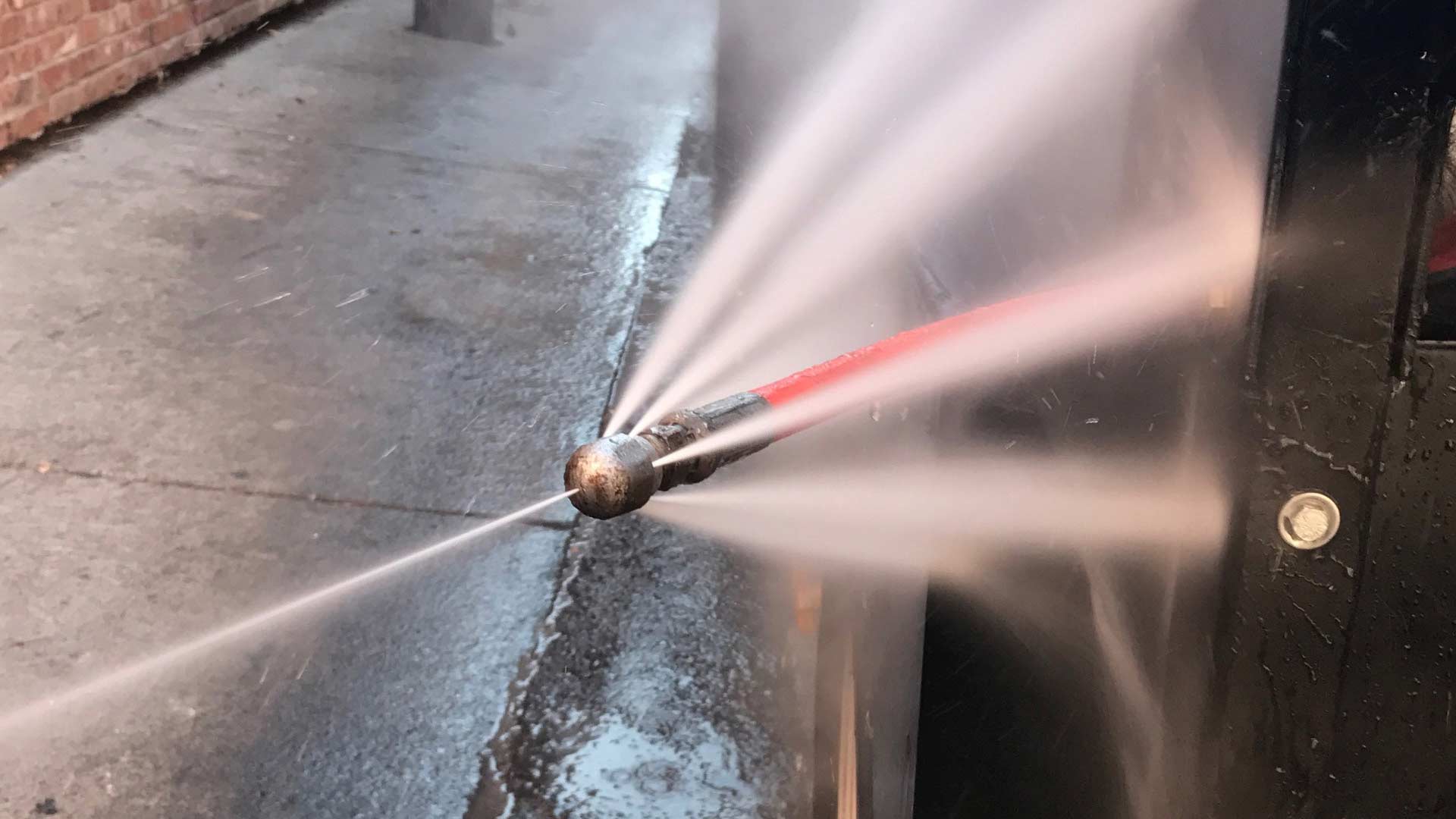
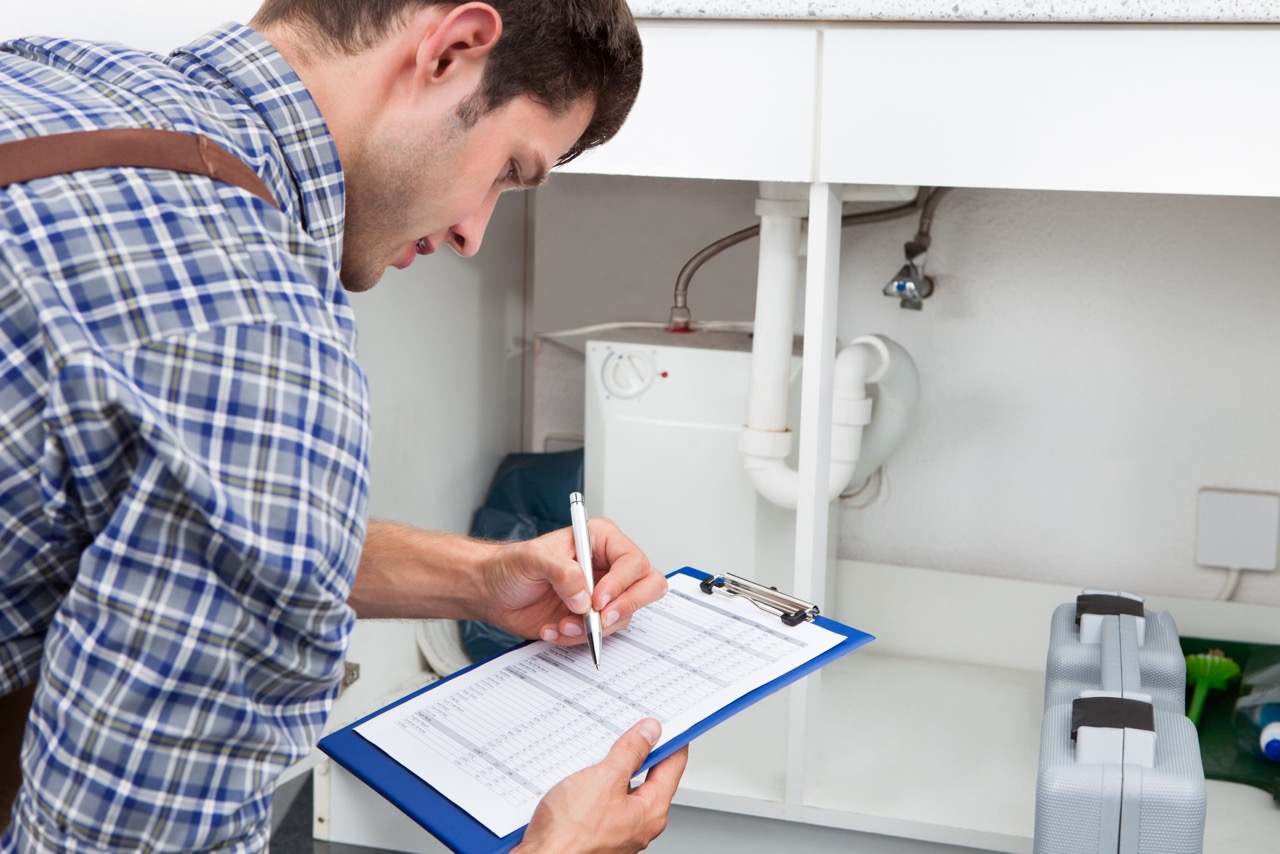
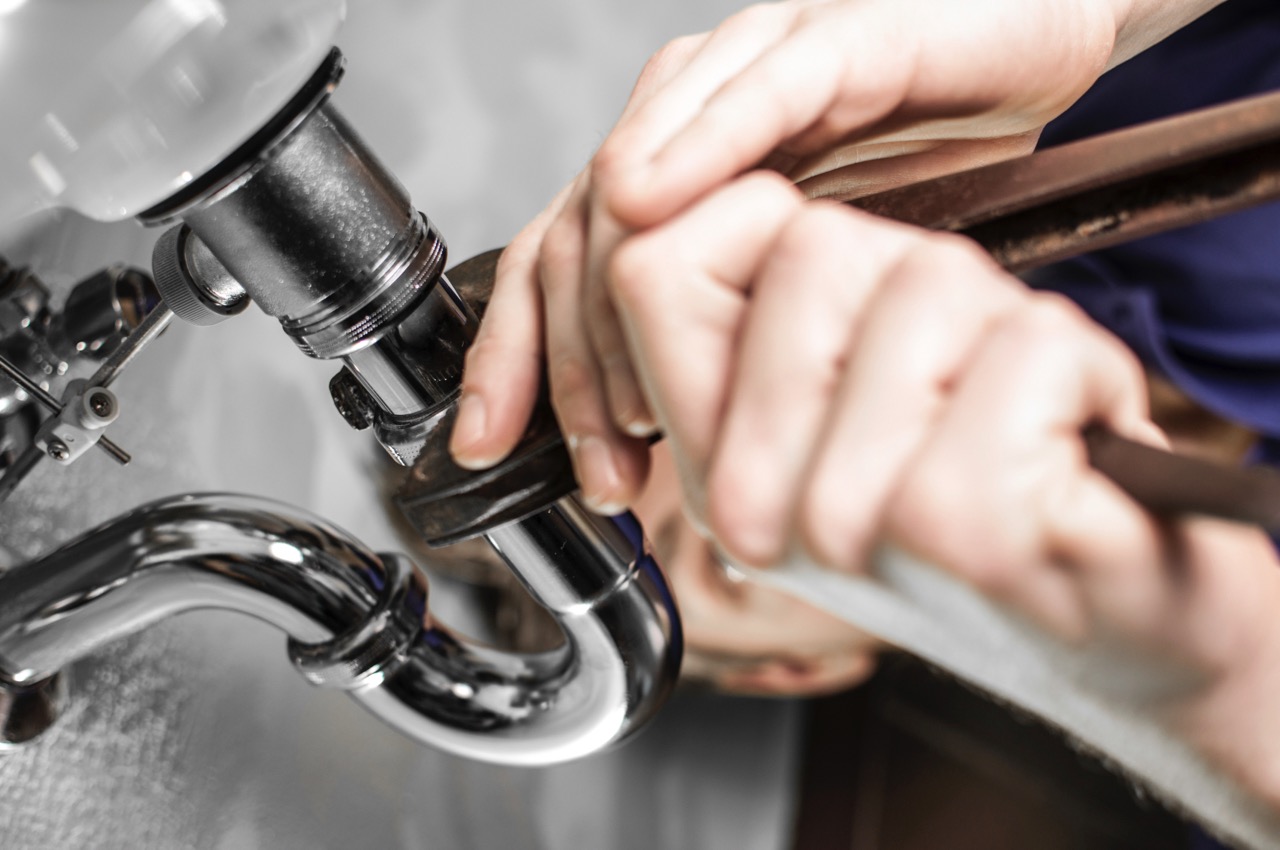
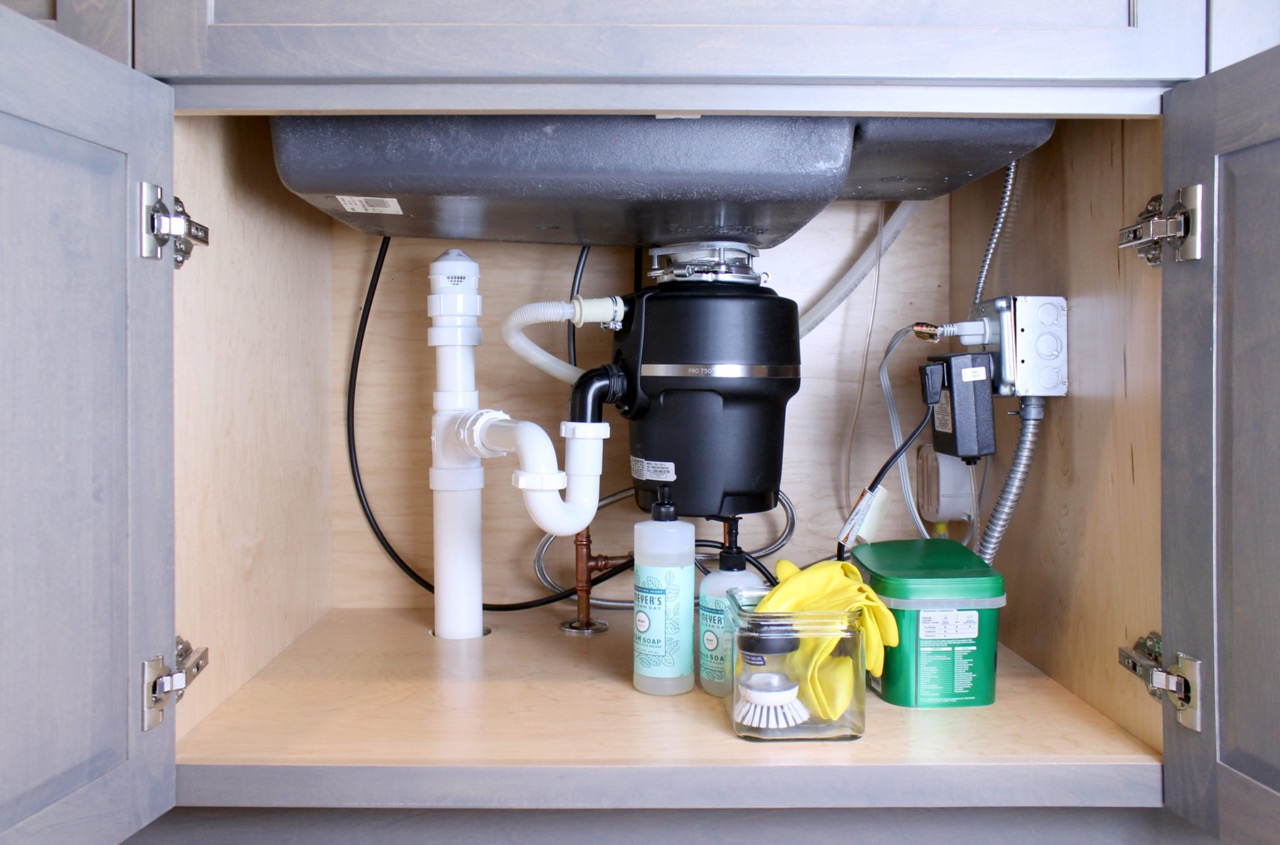
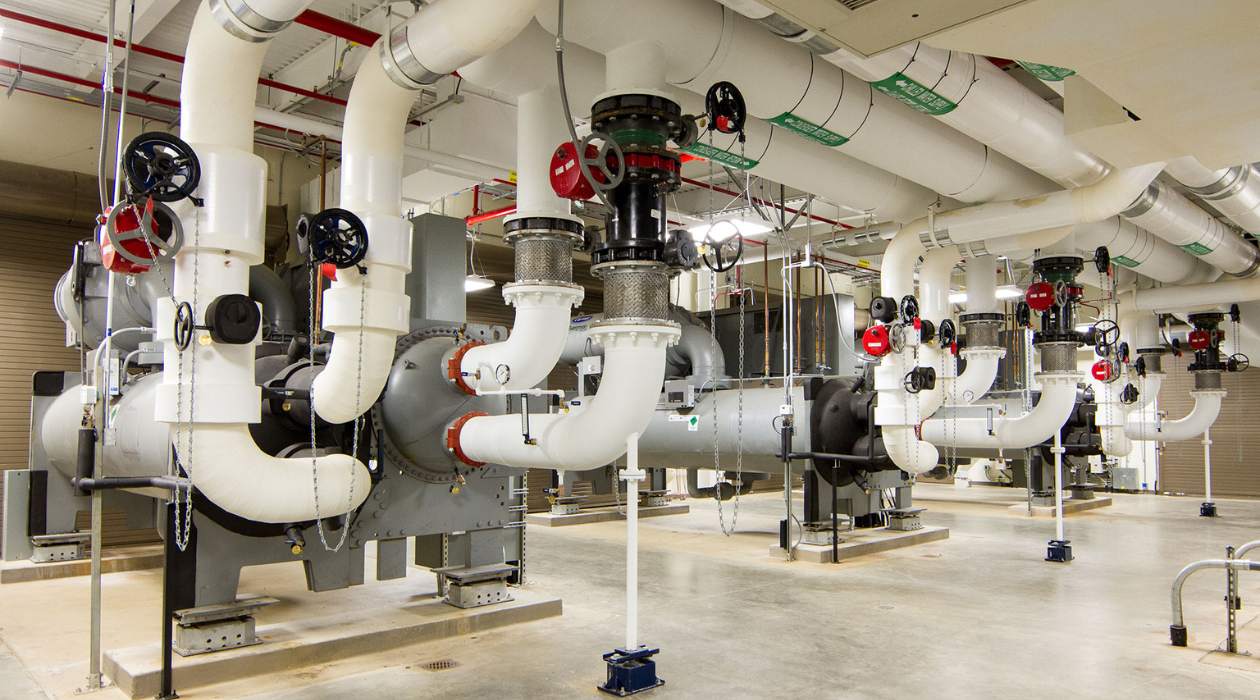
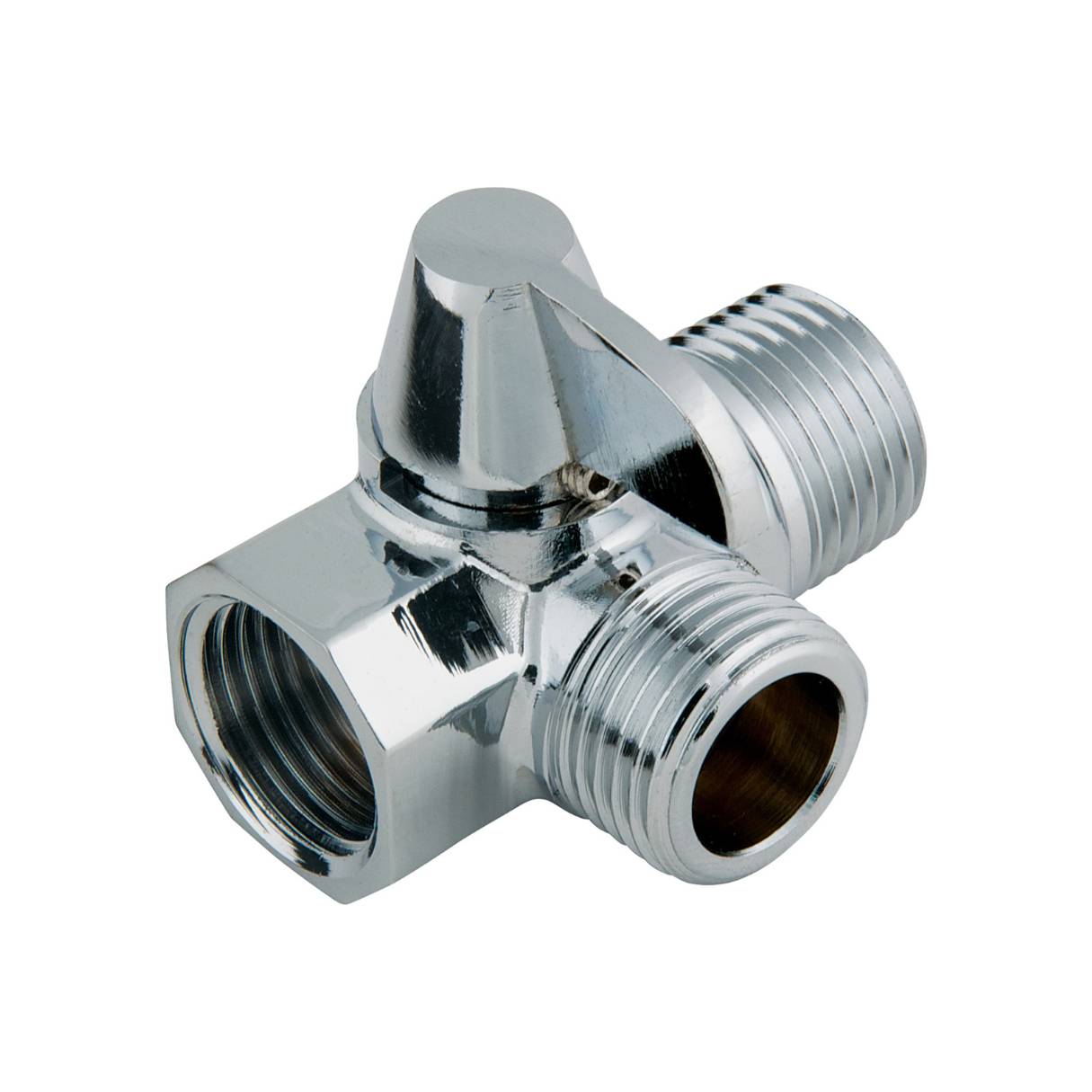

0 thoughts on “What Is A Hose Bib In Plumbing”